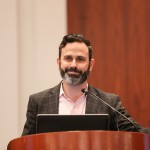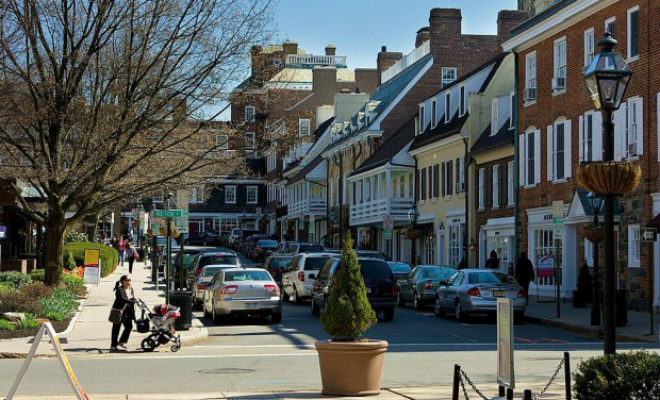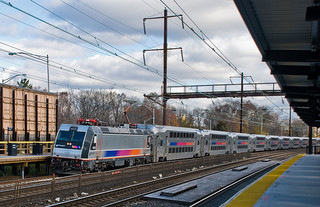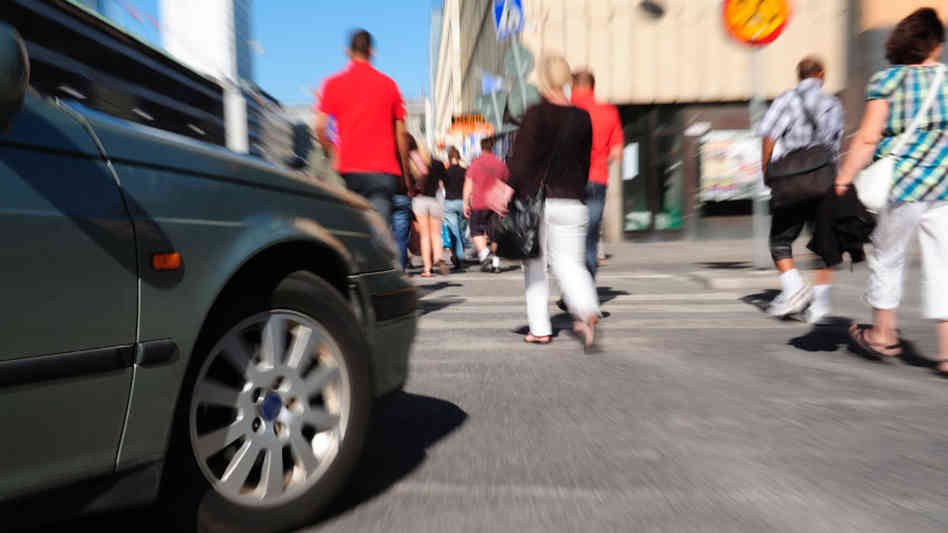New Jersey Future Blog
What New Jersey Can Learn From Washington, D.C., About Transportation Improvements
November 17th, 2017 by Elaine Clisham
It seems the most effective strategy to reduce traffic congestion isn’t a transportation measure at all. It’s better land use.
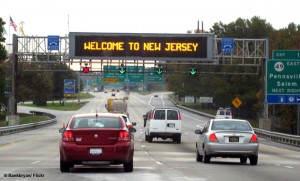 A big new study was just released by Washington, D.C.’s regional Transportation Planning Board that identified the region’s biggest transportation challenges, took a high-level look at a series of possible interventions that might ameliorate them, and enumerated performance metrics by which they might measure any change. (The full list of all of these is below.) And while some of the interventions they included are more suitable to a suburban region around one large metropolitan center than they are to an entire state, there are important lessons in the findings that are applicable to New Jersey.
A big new study was just released by Washington, D.C.’s regional Transportation Planning Board that identified the region’s biggest transportation challenges, took a high-level look at a series of possible interventions that might ameliorate them, and enumerated performance metrics by which they might measure any change. (The full list of all of these is below.) And while some of the interventions they included are more suitable to a suburban region around one large metropolitan center than they are to an entire state, there are important lessons in the findings that are applicable to New Jersey.
What the analysis showed
The TPB analysis showed that the most effective intervention wasn’t a transportation measure at all. Better land use had the largest cumulative positive effect on the transportation challenges they identified. The TPB defines a good land use balance as a ratio of households to jobs in a designated employment region of approximately 1.54.
When the TPB broke out the effect of the interventions on individual metrics, the biggest change came in the number of daily vehicle hours of delay, which, if all interventions were enabled and all effects were cumulative, would drop by more than half. Almost 35 percent of that drop would come from changes in land use alone. Other big positive changes that would result from a better land use balance include a 29 percent increase in commutes on foot and by bicycle; a 10 percent increase in jobs accessible by transit; and a 6 percent drop in daily vehicle miles traveled.
It would be interesting to see such an analysis for New Jersey. The outcomes would likely be similar: We have areas with many jobs but not a lot of housing within easy reach, and we have areas that are almost entirely residential, with very little employment nearby. The result? Lots of commuters spending long hours in traffic going between the two. Among the recommendations in New Jersey Future’s gubernatorial platform are two that will help address this problem: A renewed focus on statewide planning, which will help direct employment to places that are accessible by as many people as possible; and incentives to municipalities to update their zoning and regulations in order to allow a better mix of uses at their centers, which will help bring more people closer to both transit and jobs. The TPB report is yet another indicator that these measures will have a positive effect on New Jersey’s significant transportation challenges.
How the analysis was done
As evidenced by the list identified by the TPB, the Washington, D.C., region faces many of the same challenges as New Jersey does:
- Road congestion
- Transit crowding
- Inadequate bus service
- Access to bike/ped options
- Development around transit
- Housing and job location
- Transit repair needs
- Roadway repair needs
- Incidents and safety
- Pedestrian and bicyclist safety
- Environmental quality
- Open space development
- Bottlenecks
- Reliable access to intercity hubs
The interventions the TPB considered to ease these challenges included:
- Express travel network
- Operational improvements and hot-spot relief
- Additional river crossing (in their case, the Potomac River between Montgomery and Fairfax counties)
- Bus rapid transit and transitways
- Better commuter rail
- Better core rail transit
- Extend rail transit
- Better land use balance, which they defined as a households-to-jobs ratio in a defined employment region of approximately 1.54
- Transit fare policy changes
- Better travel demand management
To measure the degree to which any intervention would be successful, the TPB focused on the following metrics:
- Travel time
- Traditional congestion
- Accessibility by transit
- Accessibility by auto
- Mode share for work trips: single-occupancy vehicles, high-occupancy vehicles, transit, and non-motorized
- Vehicle miles traveled
- Travel on reliable modes (transit, bus rapid transit, commuter rail, express lanes)
- Transit options for households
- Transit options for employers
- Mobile greenhouse gas emissions (volatile organic compounds, carbon dioxide and nitrogen oxides)
See all the slides from the TPB presentation of its study results.

